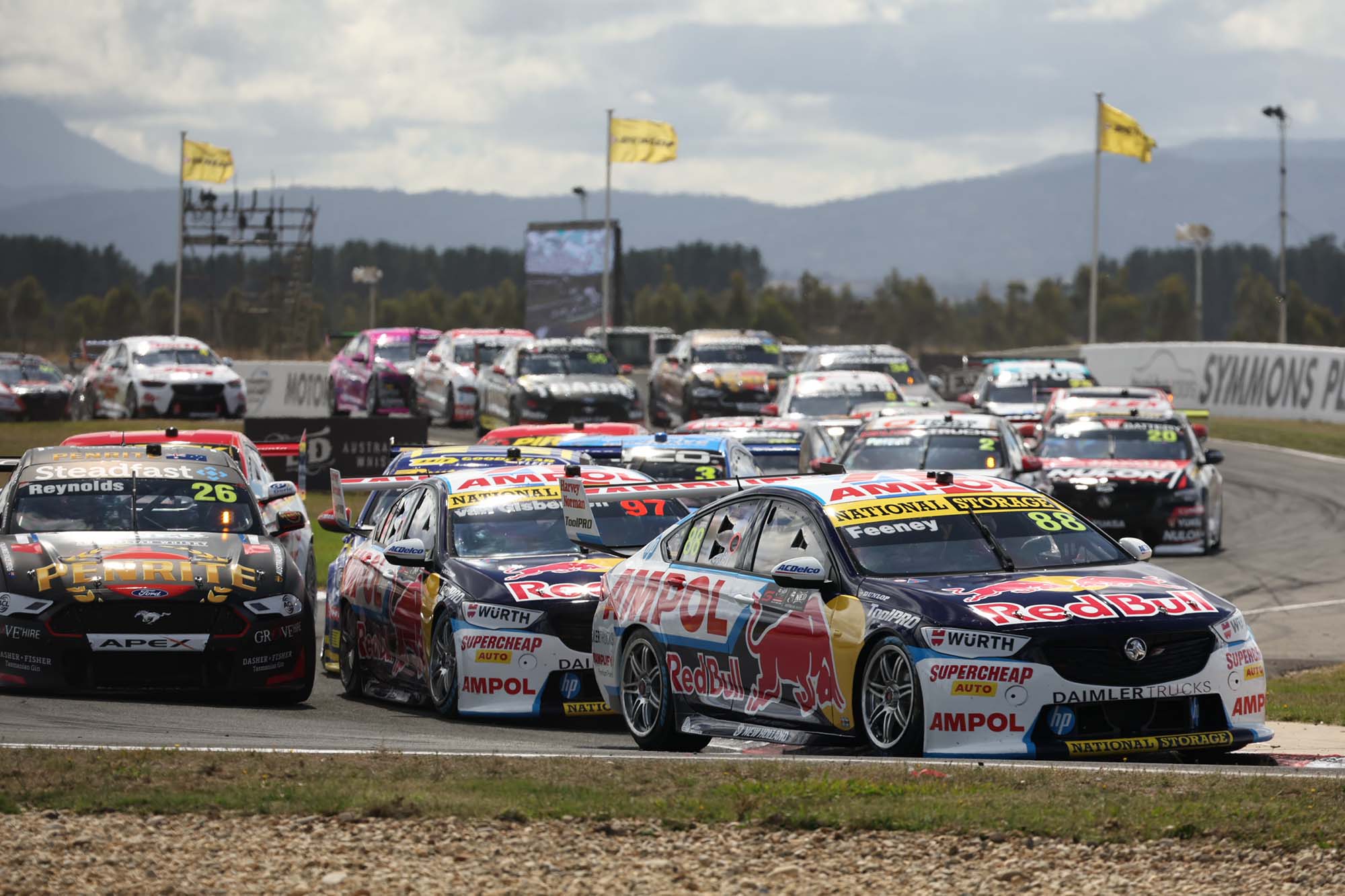COMMENT: Racing TV ratings are basically a waste of our time

FOR THE first time in five years TRT’s regular Ratings Watch column didn’t make an appearance following the opening round of the Repco Supercars Championship.
It didn’t appear following the Speed Series debut on Stan Sport at Race Tasmania and it won’t appear following the Supercars round in Tassie, either.
Why?
The answer is simple and it’s streaming.
Here’s what we mean.
Australian TV ratings are compiled from regular surveys from a percentage of the population who have a Nielson ratings box in their household.
This tracks their viewing habits and through maths, science and black magic, appropriates that number to the total audience size watching any given broadcast on linear TV – that’s the ABC, Seven, Nine, 10 and SBS on free-to-air and Foxtel’s pay-tv channels.
That’s how Nine can, heaven forbid, trumpet MAFS ‘winning Wednesday night’ for example – the numbers are freely available to the public and in even greater detail to the networks themselves.
It’s how we’ve detailed motorsport’s ratings for the last few years.
However, the rapid shift to people consuming their products via streaming services means that while the regular, old-school ratings are still meaningful they tell only a fraction of the story, especially so when it comes to live sport.
The bigger issue is that Streaming ‘ratings’ are not charted in the same way that traditional TV is.
The only way we know how many people watch a given stream is when the streamer themselves tells us the number – which in some instances may be accurate but in others could be (and we’re not accusing anyone here, but it’s a fact) somewhat rubbery.
If they draw a huge audience then of course they’re going to tell us – but if it’s terrible you can bet they will keep it a state secret.
That’s where our efforts to accurately report on the broadcast audiences of our favourite sport – and how they compare to previous years – runs into something of a brick wall.
To put things simply, to tell you the correct audience for a Supercar race we now need to compile the Channel 7 free-to-air audience in Metro and Regional areas, the Foxtel number and the audience on Kayo.
And more often than not, we don’t know what the final one is and without it, we can’t paint the full picture.
However, and this is the point of the story, it is increasingly becoming a larger part of the overall audience consuming motorsport in Australia.
Take Formula One, for example.
Foxtel released their ‘total audience’ data for several Grands Prix last year and in most instances the digital component was almost three times the number Nielson reported in the Monday morning TV ratings data that is freely available online.
The Italian Grand Prix, for example, had 130,000 watching on Fox Sports 506 but a massive 337,000 watching via Kayo and Foxtel Now / Go streaming.
The Fox number made up only a quarter of the total 467,000 audience that watched the Grand Prix.
The problem is, we only found that out when Foxtel released their total audience numbers later in 2021.
We reported that 130,000 number and put it in context to previous races, but it all seemed rather silly once we found out that three times that actually watched the race. Which comes back to the old-school way of reporting ratings having very little meaning in a streaming world.
Conveniently for us, Foxtel themselves actually backed this up in their own media release announcing the extension to their TV rights agreement with Formula 1, earlier this week.
“Australian fans are embracing F1 like never before with F1 delivering the fastest audience growth of any sport across Foxtel and Kayo,” Foxtel’s CEO Patrick Delaney said.
“Kayo, in particular, has absolutely super-charged audience growth with younger audiences and each Grand Prix now regularly sees in excess of 200,000 fans streaming on Kayo.”
There have been reports, from Foxtel hierarchy themselves, that they are working to get Kayo Sports numbers into the Neilson data to provide a more accurate representation of who’s watching.
This can only be a good thing for the network – which is in some instances drawing audiences comparable to free-to-air networks but without a way to properly promote the fact that they do so. The more they trumpet their total audience the more advertising they can sell and the more they can get out of the next broadcast rights deal.
It’s just taking some time for the new world of broadcast consumption to evolve the old way of telling the world what that audience is in the first place.
However, until that happens, and we get Kayo numbers reliably, we’ll keep an eye on the numbers and report the significant moments but there’s little point in us documenting how many people watched any given Supercars race or a Grand Prix because we’d only be telling half – or in this case, even less – of the story.
And if there’s one thing you should know about TRT by now – we tell it all, or not at all!.







